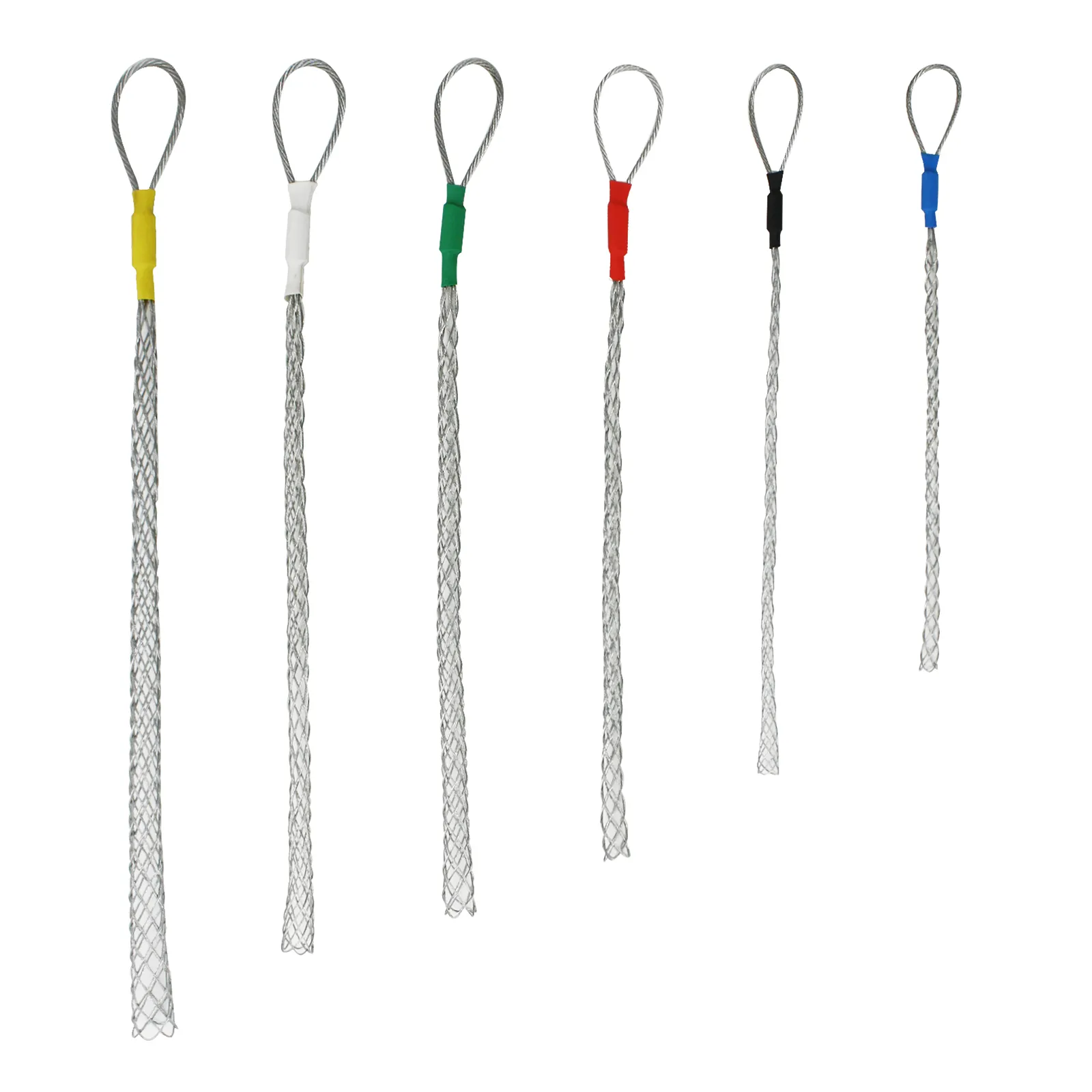
-
 Afrikaans
Afrikaans -
 Albanian
Albanian -
 Amharic
Amharic -
 Arabic
Arabic -
 Armenian
Armenian -
 Azerbaijani
Azerbaijani -
 Basque
Basque -
 Belarusian
Belarusian -
 Bengali
Bengali -
 Bosnian
Bosnian -
 Bulgarian
Bulgarian -
 Catalan
Catalan -
 Cebuano
Cebuano -
 Corsican
Corsican -
 Croatian
Croatian -
 Czech
Czech -
 Danish
Danish -
 Dutch
Dutch -
 English
English -
 Esperanto
Esperanto -
 Estonian
Estonian -
 Finnish
Finnish -
 French
French -
 Frisian
Frisian -
 Galician
Galician -
 Georgian
Georgian -
 German
German -
 Greek
Greek -
 Gujarati
Gujarati -
 Haitian Creole
Haitian Creole -
 hausa
hausa -
 hawaiian
hawaiian -
 Hebrew
Hebrew -
 Hindi
Hindi -
 Miao
Miao -
 Hungarian
Hungarian -
 Icelandic
Icelandic -
 igbo
igbo -
 Indonesian
Indonesian -
 irish
irish -
 Italian
Italian -
 Japanese
Japanese -
 Javanese
Javanese -
 Kannada
Kannada -
 kazakh
kazakh -
 Khmer
Khmer -
 Rwandese
Rwandese -
 Korean
Korean -
 Kurdish
Kurdish -
 Kyrgyz
Kyrgyz -
 Lao
Lao -
 Latin
Latin -
 Latvian
Latvian -
 Lithuanian
Lithuanian -
 Luxembourgish
Luxembourgish -
 Macedonian
Macedonian -
 Malgashi
Malgashi -
 Malay
Malay -
 Malayalam
Malayalam -
 Maltese
Maltese -
 Maori
Maori -
 Marathi
Marathi -
 Mongolian
Mongolian -
 Myanmar
Myanmar -
 Nepali
Nepali -
 Norwegian
Norwegian -
 Norwegian
Norwegian -
 Occitan
Occitan -
 Pashto
Pashto -
 Persian
Persian -
 Polish
Polish -
 Portuguese
Portuguese -
 Punjabi
Punjabi -
 Romanian
Romanian -
 Russian
Russian -
 Samoan
Samoan -
 Scottish Gaelic
Scottish Gaelic -
 Serbian
Serbian -
 Sesotho
Sesotho -
 Shona
Shona -
 Sindhi
Sindhi -
 Sinhala
Sinhala -
 Slovak
Slovak -
 Slovenian
Slovenian -
 Somali
Somali -
 Spanish
Spanish -
 Sundanese
Sundanese -
 Swahili
Swahili -
 Swedish
Swedish -
 Tagalog
Tagalog -
 Tajik
Tajik -
 Tamil
Tamil -
 Tatar
Tatar -
 Telugu
Telugu -
 Thai
Thai -
 Turkish
Turkish -
 Turkmen
Turkmen -
 Ukrainian
Ukrainian -
 Urdu
Urdu -
 Uighur
Uighur -
 Uzbek
Uzbek -
 Vietnamese
Vietnamese -
 Welsh
Welsh -
 Bantu
Bantu -
 Yiddish
Yiddish -
 Yoruba
Yoruba -
 Zulu
Zulu


loka . 18, 2024 16:45 Back to list
ground rod required for portable generator
When it comes to ensuring the safety and efficiency of portable generators, understanding the importance of grounding is paramount. Grounding not only protects the generator and connected equipment but also safeguards users from potential electrical hazards. One of the key components in achieving a safe grounding setup is a ground rod.
A ground rod serves as a physical connection to the earth, providing a reliable path for electrical current to dissipate in the event of a fault. For portable generators, using an appropriately sized ground rod is essential, as it helps prevent electric shock and reduces the risk of fire caused by electrical surges.
Most guidelines suggest using a ground rod that is at least 8 feet long and made of copper or galvanized steel. The rod should be driven into the ground vertically, leaving approximately 2 inches above ground for connecting the grounding wire. If the soil is particularly rocky or hard, multiple rods may be required to ensure a good ground connection. This might involve a bit more effort, but the safety benefits far outweigh the inconvenience.
Connecting your portable generator to a ground rod requires a grounding wire, typically made from copper, which should be at least 6 AWG (American Wire Gauge) in diameter for optimal conductivity. This wire should be securely fastened to both the generator’s grounding terminal and the ground rod, ensuring solid connections that can withstand various weather and operational conditions.
ground rod required for portable generator

It’s also important to check local codes and regulations regarding grounding practices. Some jurisdictions may have specific requirements not only for the type of grounding system needed but also for additional protections like GFCI (Ground Fault Circuit Interrupter) outlets, especially when operating in wet environments. Always consult the manufacturer’s manual for your specific generator model, as it will provide valuable insight into recommended grounding methods.
Before using a portable generator, ensure that it is properly grounded to avoid possible shock hazards. Additionally, after setting up the grounding, conduct routine checks of the entire grounding system to identify any signs of corrosion or wear that may compromise its effectiveness. Keeping your portable generator well-maintained will enhance its lifespan and, more importantly, your safety while using it.
In summary, using a properly installed ground rod is a critical aspect of the safe operation of a portable generator. By taking the time to set up this grounding system correctly, users can enjoy the benefits of portable power with a greater peace of mind, knowing that they’ve taken the necessary precautions to protect themselves, their equipment, and their surroundings.
Latest news
duct-rodders-and-conduit-rod-tools
NewsAug.22,2025
ratchet-pullers-and-wire-tightening-tools
NewsAug.22,2025
chain-ratchet-pullers-and-hoist-solutions
NewsAug.22,2025
telescopic-hot-stick-for-electrical-and-high-voltage-use
NewsAug.22,2025
cable-clamp-and-insulated-cable-clamp-systems
NewsAug.22,2025
duct-rodder-conduit-rodder-and-cable-solutions
NewsAug.22,2025








